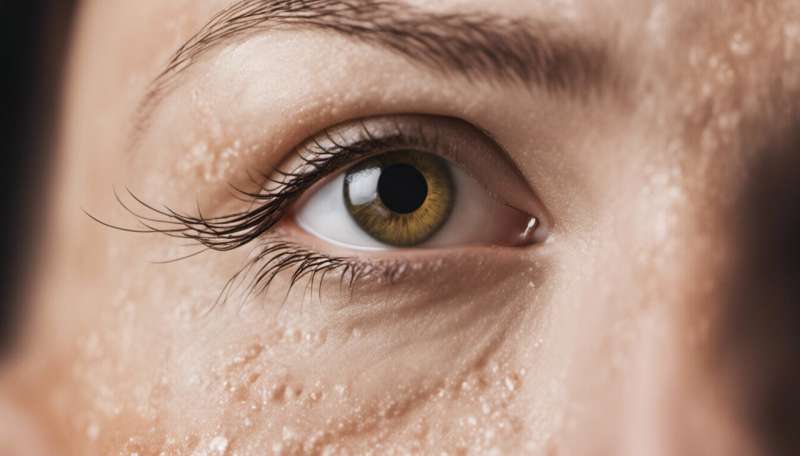Testing for human microRNA in saliva could help prevent outbreaks of hand, foot and mouth disease in children

Small RNA molecules in saliva could be used to detect the virus that causes hand, foot and mouth disease, enabling early intervention to limit spread of the infection.
Scientists from Singapore and Taiwan, including researchers at A*STAR's Institute of Molecular and Cell Biology, have been looking into how to detect the viral infection before it spreads.
This is particularly important in young children, as the disease is spread via saliva.
"In a childcare centre, kids will pick up a toy, put it in their mouth, other kids will pick up the same toy, and that's how the whole class can come down with the infection," says Justin Jang Hann Chu, from the A*STAR Institute of Molecular and Cell Biology.
Hand, foot and mouth disease infects millions of children every year in Western Pacific regions, causing tiny blisters on the palms, soles of the feet and inside the mouth. In most cases, the infection—which in this region is caused by the human enterovirus species A—resolves itself, but "there is the chance that hand, foot and mouth disease can turn quite nasty if early supportive treatment is not given," Chu says. A small number of children can also develop more severe and potentially fatal neurological or heart symptoms.
In this study, the scientists analyzed the saliva of 59 children from Singapore and Taiwan with the infection and compared them with saliva samples from healthy children, looking for differences in small molecules of RNA called microRNAs.
From a total of 179 microRNA molecules, they found six microRNAs whose levels were significantly increased by the presence of the virus.
The researchers then tested this panel of six microRNAs to see how effective it was at detecting the viral infection, and found it had an accuracy of 92.86 per cent in distinguishing between children with the infection and healthy children.
The next step is to test the saliva screen in a larger group of children from a wider range of countries. Chu hopes the research could lead to development of a simple and cheap test kit that could be used at home or in childcare centers to detect infections early and keep the infected children quarantined from their playmates.
They are also investigating whether the microRNA profile could help identify children more likely to experience more severe disease, and provide them with early supportive treatment.
More information: Nyo Min et al. Circulating Salivary miRNA hsa-miR-221 as Clinically Validated Diagnostic Marker for Hand, Foot, and Mouth Disease in Pediatric Patients, EBioMedicine (2018). DOI: 10.1016/j.ebiom.2018.05.006














